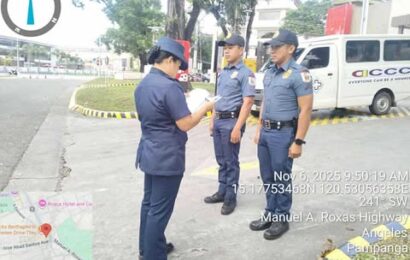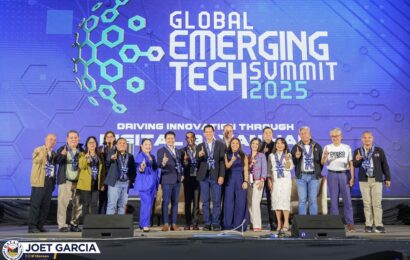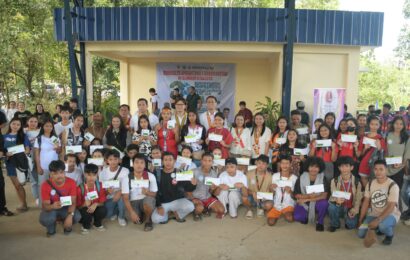
CITY OF SAN FERNANDO, Pampanga – Department of Trade and Industry (DTI) cited that Central Luzon is making a valuable contribution in raising the country’s overall competitiveness.
This as the region posted 100 percent participation to the 2021 Cities and Municipalities Competitiveness Index (CMCI) or 130 local government units who submitted their data capture sheets.
During the regional awarding of the 2021 CMCI, DTI Competitiveness and Innovation Group Undersecretary Rafaelita Aldaba said the participation of all LGUs in the region is crucial not only in monitoring competitiveness performance, but also in sending a good signal especially in the country’s efforts to attract more investors to the region and generate more economic activities and more quality jobs.
“I want to highlight that Region 3 is the third largest contributor to the economy. Using the CMCI framework as basis will show that a highly competitive LGU is also highly productive in terms of its economic performance. The two are positively co-related, meaning the higher your competitiveness, the higher your productivity,” she said.
With this, Aldaba stressed that improving productivity is important as this would enable firms, cities, and countries to improve standards of living.
“To be competitive and productive, an LGU must have the three necessary elements in place consisting of good infrastructure, a dynamic economy, and effective government. The CMCI framework is focused on productivity with LGUs seen as the country’s underlying source of resources and productivity,” she said.
However, aside from that, she highlighted the importance of having creative and innovative people in improving competitiveness and leading to their productivity, citing that a competitive LGU puts its people at the center of its competitiveness plans.
That is why, she said, DTI added innovation as part of the CMCI to emphasize that an innovative LGU can adapt to changes more quickly.
“We’ve seen that during the pandemic. It is important to remain relevant and discover new opportunities using new technology and digital solutions; have creative and innovative mindset; test out of the box solutions and new ways of thinking that would create value and address societal problems leading to higher efficiency in the delivery of services and ultimately to sustainable and inclusive economic growth,” she furthered.
Also, she cited the need to have robust and accessible data to enable cities and municipalities to identify gaps and monitor their performance in their pursuit of competitiveness policies and programs.
SOURCE: Marie Joy S. Carbungco/ Vinson Concepcio -PIA3





